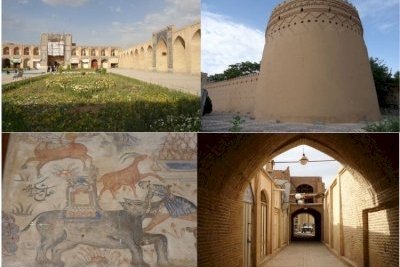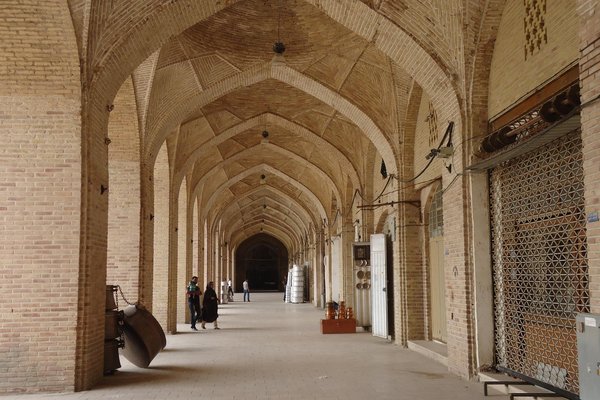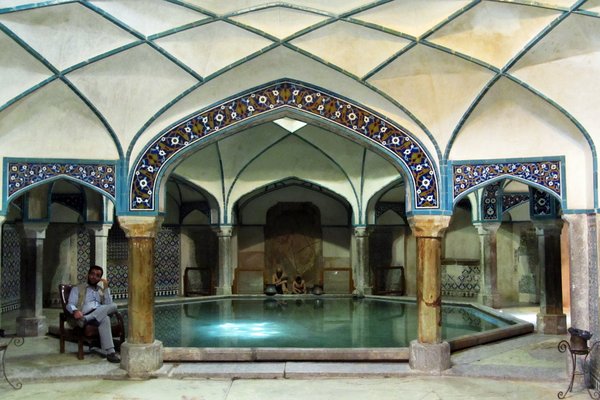Iran
Kerman
The Kerman Historical-Cultural Structure represents a commercial town.
Its Old Bazaar, founded in the Timurid period, consists of four locations from different periods. It lies adjacent to the Ganjali Khan Complex, which is composed of a school, a square, a caravanserai, a bathhouse, a water reservoir, a mint, and a mosque.
Site Info
Official Information
- Full Name
- Kerman Historical-Cultural Structure (ID: 5271)
- Country
- Iran
- Status
-
On tentative list 2008
Site history
History of Kerman
- 2008: Added to Tentative List
- Added to tentative list
- Type
- Cultural
- Criteria
Links
- UNESCO
- whc.unesco.org
All Links
UNESCO.org
- whc.unesco.org — whc.unesco.org
Community Information
- Community Category
- Urban landscape: Arabic and Middle Eastern
Travel Information
Recent Connections
News
No news.
Community Reviews
Show full reviews
Site visited in May, 2010. Located in south-eastern part of Iran is a good base for exploring Lut Desert and nice place for admiring its own monuments. Kerman as a town (or at least its historical structure) is to certain extend similar to Yazd (general layout of mosques) or Isfahan (covered bazaars).
It was established in the 3rd century during Sassanid rule. Later in the 7th century it was captured by Muslims (Abbasid Caliphate). Taking advantage of the location at the intersection of trade routes the city the city started to produce cashmere wool shawls and other textiles. Kerman was visited by Marco Polo (XIII century) during his trip to China.
The gloomiest episode in Kerman’s history took place in 1794 during the wars for throne succession in Persia. Local residents supported Lotf Ali Khan, the last shah from Zand dynasty so the city was besieged by Qajar troops led by Agha Mohammad Khan. He was known as one of the cruelest rulers, even by the 18th century Iranian standards. In his quest for power, he razed cities, massacred entire populations but the most shocking incident took place when Qajar troops conquered the town. In retaliation they killed or blinded all the man in the town forming a huge pyramid made out of 20,000 detached eyeballs in front of the victorious Agha Muhammad Khan. Women and children were sold into slavery and the city was destroyed over ninety days. Horrible. Agha Khan himself was assassinated in the palace …
Keep reading 0 comments

